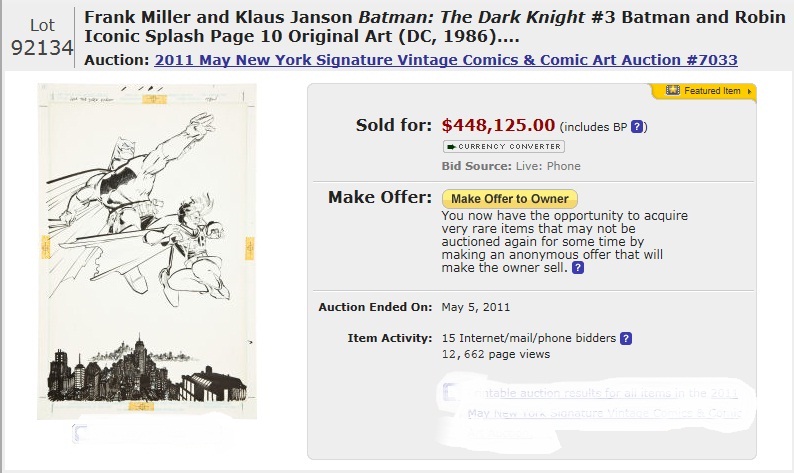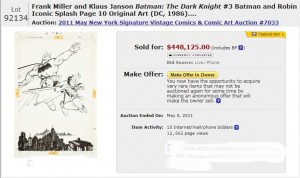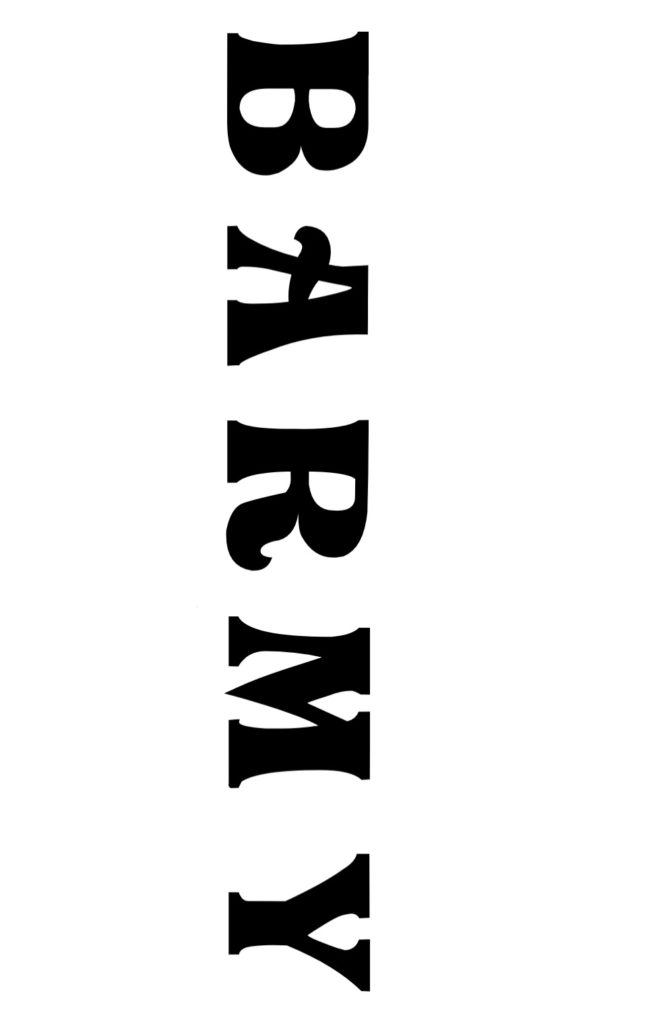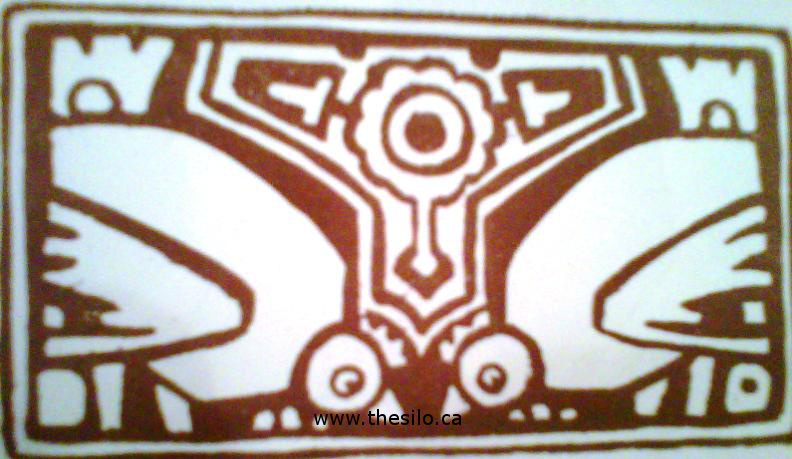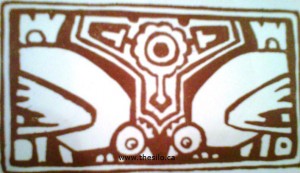During the Federal elections [circa 2011 Ed], it became clear that the Canadian public interest in an arts and cultural policy had declined since 2008, in fact the majority responded that this policy was unimportant to them in comparison to other policies. This leads me to question the degree of concerns Canadians do have with other policies. Perhaps the overall concerns are too great to allow a focus on more fun or abstract facets of their Canadian lifestyle such as arts and culture, or it may simply be that Canadians overall would rather engage with more mainstream topics.
It is interesting yet disconcerting to see that it is mainly the younger population, ages 18-30, that are the least interested in the arts and culture policy. If the younger generation doesn’t fuel the arts and keep them flourishing who will? In their (or our) defense though, little awareness about the policy and its impact is made known. Personally, I had never heard of an arts and cultural policy before reading the article critiquing the different Government parties’ role in the policy as discussed in The Arts Advocate publication.
The policy involves the government allotted a specific percentage of taxes that go towards varying sectors within the arts, for example advantages for artists or funding for different organizations. Each federal party has their different views on appropriate expenditure in the arts and culture sector, and specifically our Conservatives’ main commitment is to the children’s artistic activity tax credit, support to the Royal Conservatory of Music for a national examination program, and support to the Canadian Periodical Fund (Used to subsidize newspapers not including The Silo. Check the info box found on the bottom of page 2 in most papers to see if you are subsidizing their bottom line- CP).
With the Conservative party now being back in power, it is hard to say if the policy will see any positive growth. Although I understand and admire Harper’s plan to stabilize and improve the markets in the depths of a global recession, I feel it necessary to include arts and culture as a part of this. Canada has such a unique combination of cultures throughout its provinces and these are the people who create and work at the jobs Harper is trying to develop or advance.
So, should not this rich arts and culture naturally be showcased as it is echoed throughout the Canadian business world Harper is focused on? I believe Canadians on the whole would appreciate more recognition for their creative efforts that make our country special. Yes we need economic growth, but there needs to be a balance in the funding between businesses and the arts in order to make for a balanced country and to account for or showcase the people who inhabit it.
It is positive to note that the 2011 Ontario budget indicated spending at Tourism and Culture would grow $76 million.
The estimates confirm that $47 million of this is to continue support of the Community Cultural Fund (used to support local ‘big crowd’ draws such as last year’s Port Dover Marine Festival- http://www.ocaf.on.ca/en/project.aspx?ProjectUID=985 or 2005’s Norfolk County Fall Festival- http://www.ocaf.on.ca/en/project.aspx?ProjectUID=884 -CP), the small-scale (!) capital program administered by the Ontario Trillium Foundation to support diverse cultural organizations. As well, the Ontario Media Development Corporation will be permanently funded, showcasing the province’s commitment to the film sector of the policy and estimates show an increase of $8 million to $25.8 million. Although the Conservative platform for the policy is the most bleak of the Bloc Quebecois, Liberal, and NDP, perhaps a strengthened economy will help to account for areas our country’s arts and culture are struggling in.
In their platform it is stated that our “Government believes that a vibrant cultural, media, and sporting sector is crucial for our well-being and quality of life,” however many artists and cultural advocates still feel that the re-elected Conservatives will fall short in fulfilling the essential aspects of the policy and hearing the voices of those affected. For the Silo, Jennifer Waslowski.


